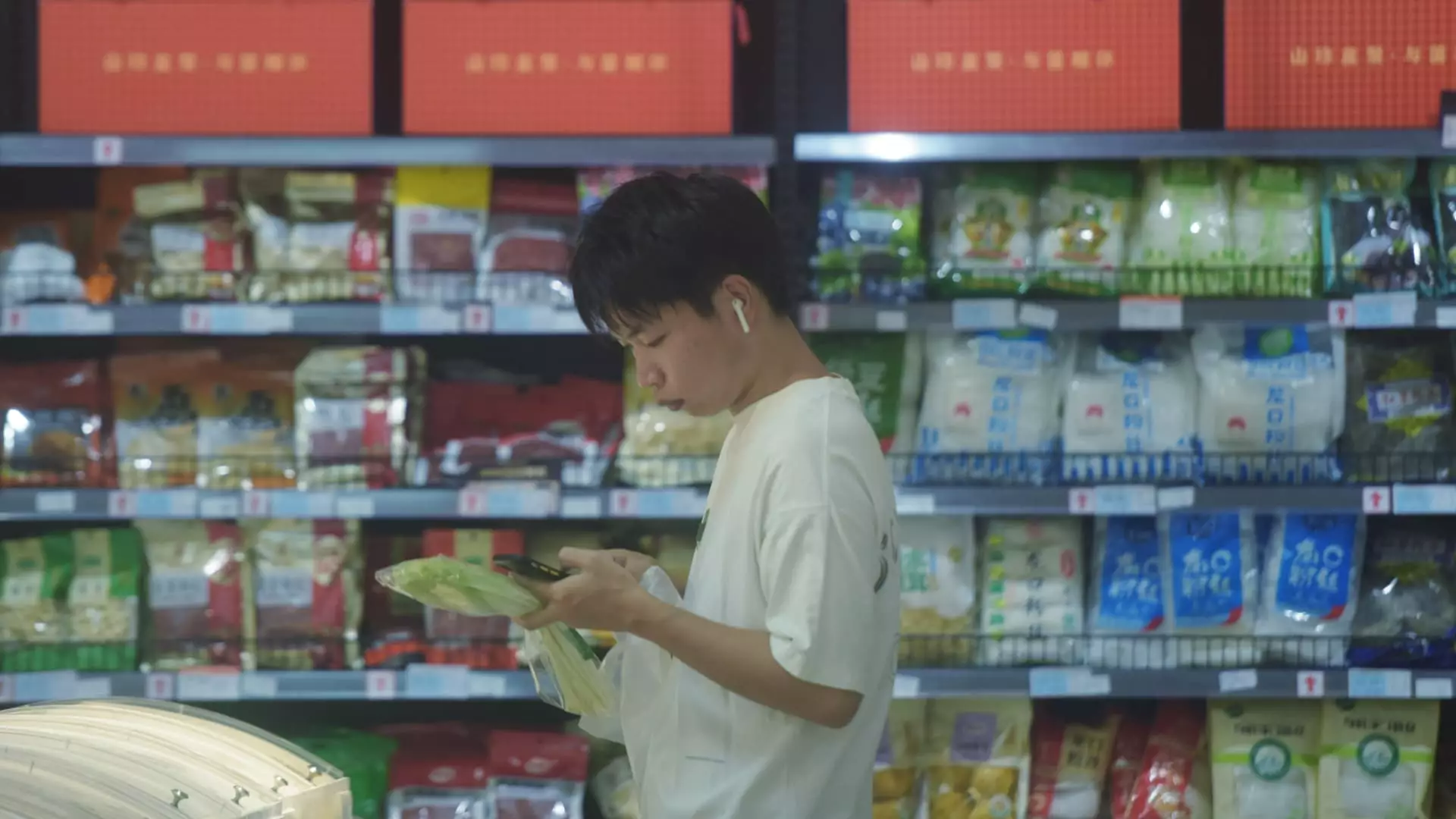In August, China’s economy showed signs of slowing progress as key indicators revealed growth that fell short of expectations. The National Bureau of Statistics (NBS) reported that retail sales increased by only 2.1% compared to the previous year. This was below the anticipated 2.5% growth projected by economists surveyed by Reuters and represented a decline from July’s 2.7% rise. This diminutive uptick in consumer spending suggests that the momentum achieved post-pandemic is faltering, raising concerns about consumer confidence and spending habits.
Industrial Production and Investment Trends
Industrial production also reflected a tepid performance, growing by 4.5% in August, which is below the anticipated 4.8% and marks a decline from July’s 5.1%. This trend raises significant questions about the robustness of China’s manufacturing sector, which has been a key driver of its economic prowess. Additionally, fixed asset investment, which is pivotal for infrastructure and development, grew by a mere 3.4% from January to August—again, shy of the 3.5% forecast. Such slowdowns in both industrial production and investment signal potential challenges in driving economic growth in the remaining months of the year.
The job market is another area of concern. The urban unemployment rate crept up to 5.3% in August, slightly higher than July’s 5.2%, indicating a fragile employment landscape. Liu Aihua, the NBS’s spokesperson, cited factors such as graduation season contributing to this uptick. The emergence of a youth unemployment rate—standing at a staggering 17.1% in July—further emphasizes the struggles faced by recent graduates in securing stable employment. This highlights a critical issue in China’s workforce, where skilled young workers are pouring into a market that may not be ready to absorb them.
The NBS has conveyed the increasing external pressures affecting the economy and emphasized the need to address domestic demand concerns. It is clear that China is grappling with a dichotomy: the desire for a sustainable economic recovery clashes with rising obstacles. There is mounting pressure on policymakers to implement effective stimulus measures, yet there has been reluctance to announce sweeping initiatives. Discomfort is growing around the prospect of insufficient domestic consumption, which could further endanger the recovery process.
Looking ahead, China is poised to celebrate its Mid-Autumn Festival, a time when economic activity typically shifts due to holiday dynamics. However, this respite must be juxtaposed with economic realities; the nation has experienced a disappointing trajectory following its post-Covid recovery. A recent decline in imports, only realizing a modest 0.5% growth, combined with a robust 8.7% increase in exports, suggests an unbalanced trade situation that further complicates a consistent recovery.
As domestic consumption remains weak, it is imperative for both consumers and policymakers to reevaluate strategies for rejuvenating the economy. The subsequent months will be critical in determining whether the economic landscape will shift toward more robust growth or continue to exhibit signs of stagnation.

Leave a Reply